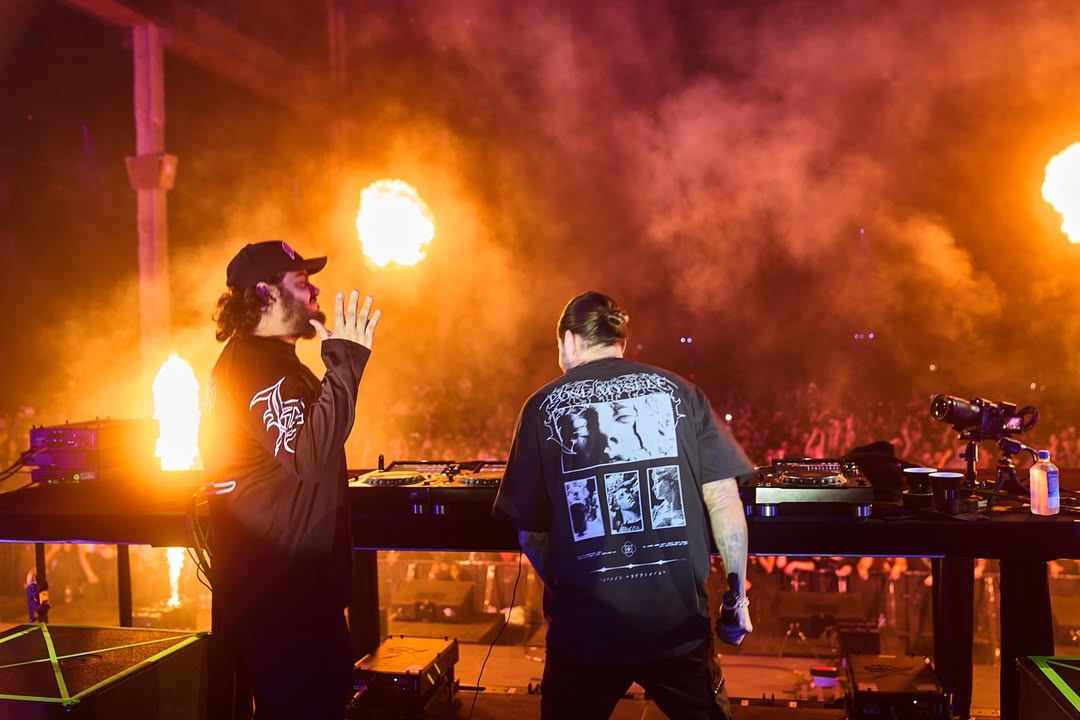Biker gang culture has died down significantly in modern Japan, but the spirit of these riders lives on through the stories told about them. While Taika Waititi is working to get his live-action remake of Akira out of development purgatory, another biker anime production has already received a live-action movie. Tokyo Revengers is out now for anyone who wants to watch Japanese delinquents fight. Of course, one movie coming out before another isn't necessarily a sign of superior quality. Both Akira and Tokyo Revengers show general audiences entertaining perspectives on biker life in Japan.
Although these anime are share a premise about young bikers, there are a number of ways to tread the common ground. The writers of the two materials, Katsuhiro Otomo and Ken Wakui, have distinct ideas about what makes the perfect biker story, and how to present it. As a result, their works, while covering the same topic, have all sorts of similarities and differences that make each of them a unique and worthwhile watch.
Since both center around bikers, Akira and Tokyo Revengers naturally have noteworthy similarities in how they represent this subculture. Both of them depict most bikers as coarse, rowdy, immature and violent. The protagonists are generally resolute in their morals and standards, though they'll still resolve whatever problems they can with force. The main gangs also share a strong sense of camaraderie, save for the occasional conflict among their ranks. Their goals generally revolve around challenging other gangs for dominance. In all of these regards, both works have comparable depictions of the biker life.
There are also similarities in how the stories of Akira and Tokyo Revengers are told. For instance, both works depict a sort of gritty realism to how fights play out. Combatants fight with malicious intent in order to cause as much suffering to their opponents as possible. When characters get hurt, their expressions and reactions make the pain palpable for the audience.
The works also present the cruel fates awaiting bikers in the real world. In Akira, the main characters have to attend a reform school with authoritative teachers who use corporal punishment to keep students in line. Tokyo Revengers uses time travel to show its delinquent characters ending up either in horrible dead-end jobs or joining the yakuza. The two stories make it clear to viewers that their characters are not traditional role models to look up to. Instead, their stories function like cautionary tales of where one could end up if they go down the wrong path in life.
Despite how similar Akira and Tokyo Revengers are, there are still some differences in their central themes. Otomo, for example, places a heavy emphasis on the significance of motorcycles in the gang life. Like a samurai and their sword, a biker's motorcycle is an extension of their soul that conveys to others who that biker truly is. In Akira, Kaneda's iconic bike is a custom-built symbol of his leadership that cannot be driven by just anyone, and it becomes a recurring theme throughout the movie. In Akira, the bike is just as valuable as the rider.
Tokyo Revengers applies somewhat different values when it comes to one's ride. In the show, Mikey's moped is at risk of being trashed by a rival gang, but one of his subordinates protects it with his body. When Mikey finds out about this, he trashes his own moped and attacks the rival gang for hurting "what's important to [him]." Tokyo Revengers' value of human life over material possessions is a different, respectable message compared to the one in Akira.
The biggest differences come from the directions the writers take their plots. Otomo chooses to deviate Akira from a traditional biker storyline early on in favor of covering psychic powers and the metaphysical nature of the universe. Bikers still exist in the narrative, but their goals shift from turf wars to fighting godlike espers. Despite the change in circumstances, all bikers involved still have their delinquent mindset and it drives their decisions, dialogues and actions throughout the film, for better or worse.
Tokyo Revengers also has a supernatural element at its core, time-travel, but it's kept as a background element. In terms of story, the focus stays on the biker life and how it affects the characters. Time travel may play a bigger role later in the series, but, for now, it's still mostly about depicting the delinquent lifestyle.
Akira and Tokyo Revengers are well-written works about Japanese bikers and they are both worthy of praise. Tokyo Revengers has primarily beaten Akira to a live-action adaptation because it's a newer, more-relevant property. Waititi is committed to making sure his movie lives up to the legacy forged by its predecessor, and he has much to work from. Otomo, just like Wakui, has worked hard to lay the groundwork for greatness to be made from his writing.
About The Author

